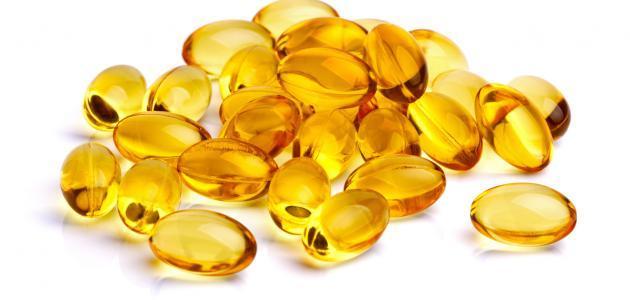General Tips for Using Omega-3 Supplements
Before starting any Omega-3 fatty acid supplement, it’s essential to consult with a healthcare professional or a registered dietitian. Since Omega-3 supplements come in various types and dosages, personal needs and medical conditions should be considered before use.
Here are some essential guidelines to follow when taking Omega-3:
- Do not exceed 1 gram per day unless prescribed by a doctor.
- Choose high-quality, reputable supplements.
- Look for supplements containing both EPA (Eicosapentaenoic Acid) and DHA (Docosahexaenoic Acid), as each provides distinct health benefits.
How to Use Omega-3 for Hair
Ingredients:
- 2 Omega-3 supplement capsules
- 2 tablespoons olive oil
Instructions:
- Mix the ingredients thoroughly until well combined.
- Massage the mixture into your hair from roots to ends.
- Cover your hair with a shower cap.
- Leave it on for 30 minutes.
- Rinse with lukewarm water and shampoo.
How to Use Omega-3 for Skin
Ingredients:
- 5 Omega-3 supplement capsules
Instructions:
- Extract the oil from the capsules.
- Apply the oil evenly to your face.
- Leave it on for 20 minutes.
- Rinse off with lukewarm water.
Omega-3 for Weight Gain
Omega-3 supplements are commonly used for weight gain, but it’s essential to consult a doctor or pharmacist to assess their effectiveness and determine the proper dosage based on individual needs.
Who Needs Omega-3?
1. Healthy Individuals
For people in good health with no risk of heart disease, it’s recommended to consume two servings of fatty fish weekly (like salmon, tuna, or herring) rather than taking supplements. However, Omega-3 supplements may be considered for those who cannot or prefer not to eat fish.
2. People at Risk of Heart Disease
High doses of Omega-3 may be recommended for individuals with elevated triglycerides or major heart disease risk factors—but only under medical supervision.
3. Pregnant Women
Pregnant women have an increased need for Omega-3, particularly DHA, which is crucial for the baby’s brain and eye development during the third trimester and up to 18 months after birth. However, they should avoid fish high in mercury and instead consume no more than two servings of seafood per week, along with plant-based oils and DHA-rich supplements. Avoid supplements containing vitamin A (retinol), such as cod liver oil, which may harm the fetus. Always consult a doctor before using any supplements during pregnancy.
Natural Sources of Omega-3
Fatty Fish High in EPA and DHA (But High in Mercury)
- Mackerel
- Wild Swordfish
- Tilefish
- Shark
Fatty Fish Low in Mercury
- Wild Salmon
- Wild Trout
Plant-Based Oils
- Flaxseed oil
- Soybean oil
- Canola oil
Plant-Based Foods
- Chia seeds
- Black walnuts
Types of Omega-3 Supplements
Animal-Based Supplements
These typically contain DHA and EPA and include fish oil, cod liver oil, and krill oil.
Plant-Based Supplements
These include algae oil (rich in DHA and EPA) and flaxseed oil (rich in ALA — Alpha-Linolenic Acid).
Possible Side Effects of Omega-3 Supplements
While Omega-3s are naturally found in many foods, excessive intake through supplements can cause digestive discomfort and increase bleeding risk in those on blood thinners. It’s generally advised not to exceed 3 grams per day unless directed by a doctor.
Recommended Daily Intake of Omega-3
The following table shows the daily recommended intake of Omega-3 fatty acids. For children under 3 years, this refers to total Omega-3 intake. For others, it refers to ALA (Alpha-Linolenic Acid), the only essential Omega-3 fatty acid.
| Age Group | Recommended Daily Intake (g) |
|---|---|
| Infants (0–12 months) | 0.5 |
| Children (1–3 years) | 0.7 |
| Children (5–8 years) | 0.9 |
| Boys (9–13 years) | 1.2 |
| Girls (9–13 years) | 1.0 |
| Males (14+ years) | 1.6 |
| Females (14+ years) | 1.1 |
| Pregnant Women | 1.4 |
| Breastfeeding Women | 1.3 |
Watch: Tips for Taking Omega-3
For more guidance, watch this informative video by Dr. Rawan Hijab, PharmD, offering practical tips on using Omega-3 supplements.















-150x150.webp)
